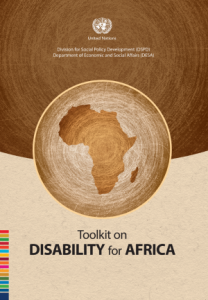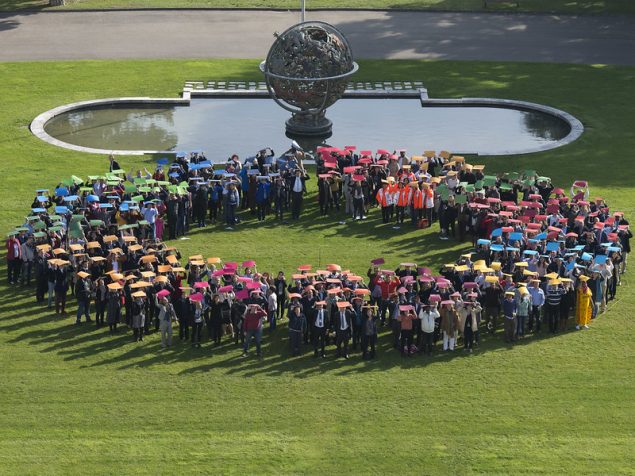During its first decade of work in the field of disability, the United Nations promoted a welfare perspective of disability. Concern for persons with disabilities was expressed in the establishment of mechanisms and the development of programmes suitable for dealing with disability issues. Beginning with the promotion of the rights of persons with physical disabilities, it concentrated on disability prevention and rehabilitation. The United Nations Secretariat, the Economic and Social Council and its subsidiary organ, the Social Commission, were the principal bodies dealing with disability issues.
During its sixth session in 1950, the Social Commission considered two reports, “Social rehabilitation of the physically handicapped” and “Social rehabilitation of the blind”. At the same session, the Social Commission also examined a report by the International Programme for the Welfare of the Blind, which recommended education, rehabilitation, training and employment of persons with visual disabilities. Later, the Economic and Social Council agreed to establish programmes of rehabilitation for persons with physical disabilities and for the prevention and treatment of blindness.
A conference was convened in Geneva from 26 February to 3 March 1950 to discuss coordination among the specialized agencies in the field of rehabilitation of persons with disabilities. It was attended by the United Nations Secretariat, the ILO, WHO, UNESCO, the International Refugee Organization (IRO), and UNICEF. This conference led to agreement on the need to establish international standards for the education, treatment, training and placement of persons with disabilities, with particular emphasis on the needs of blind persons in underdeveloped areas.




